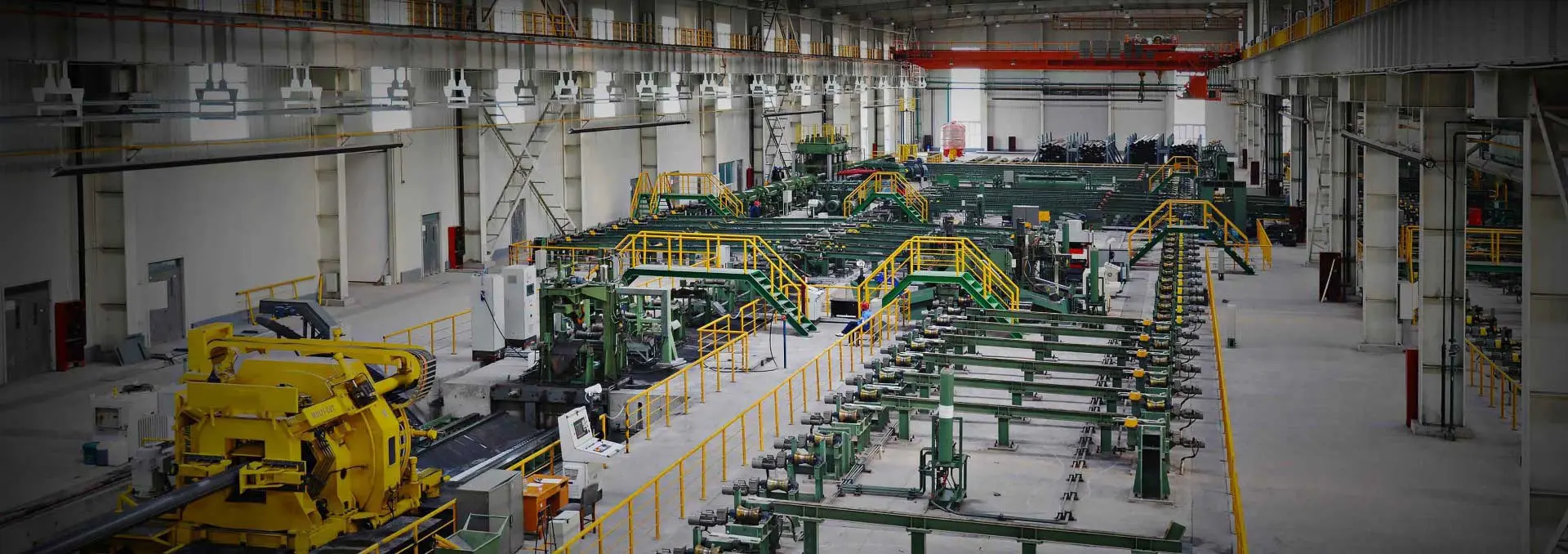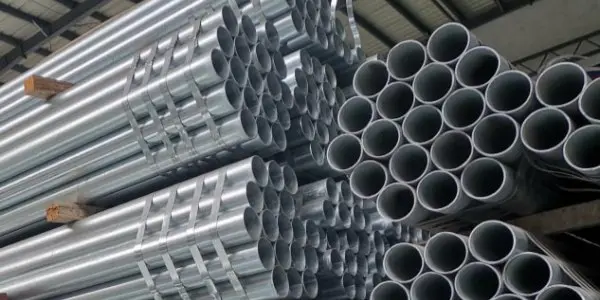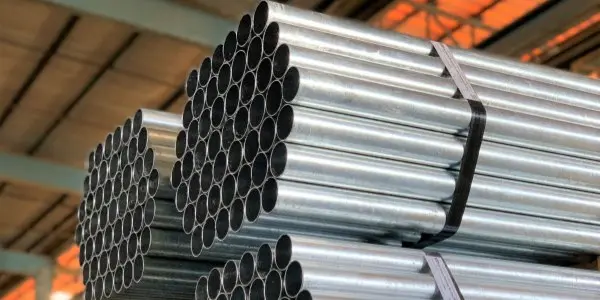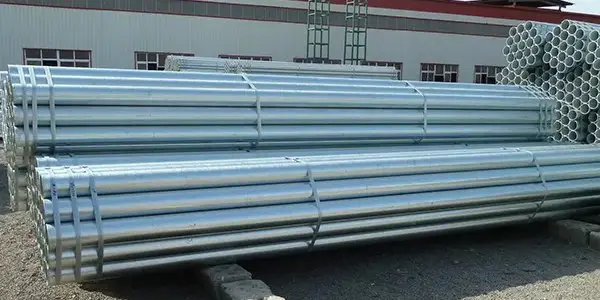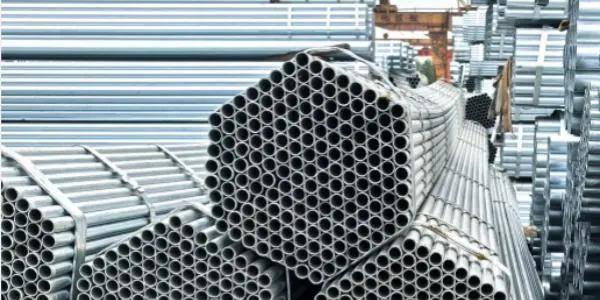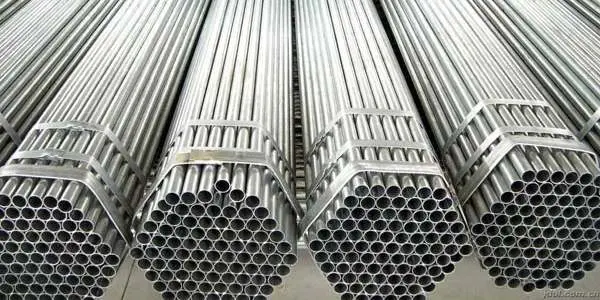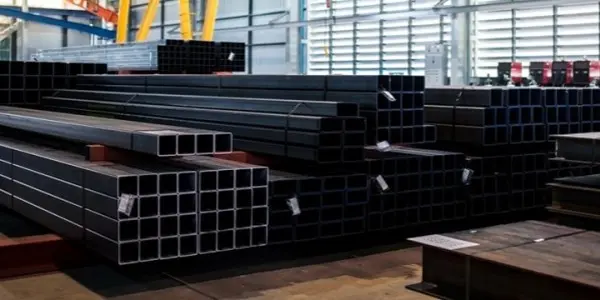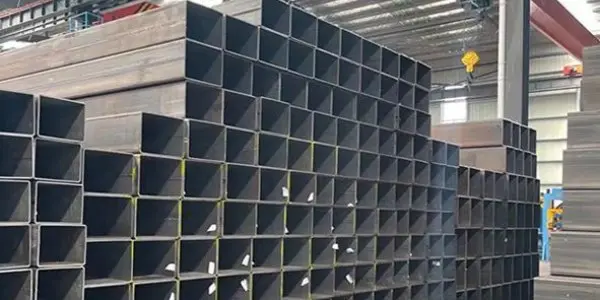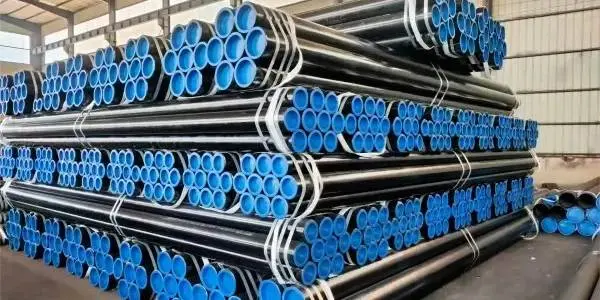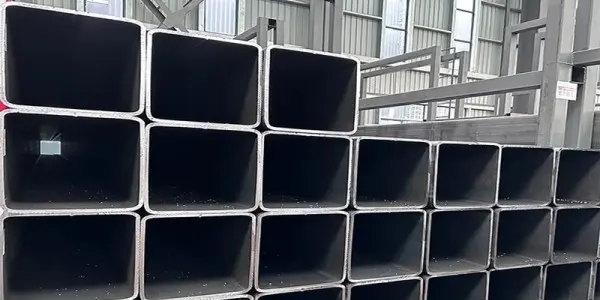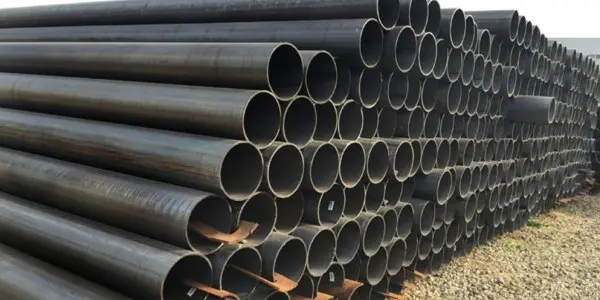-
Can galvanized pipes be used for gas transmission?
Galvanized pipes (GI pipes) can be used for gas transmission under specific conditions, mainly for low-pressure indoor gas pipelines. However, they must strictly comply with gas pipeline standards and face significant usage restrictions. For outdoor buried pipelines or high-pressure systems, the use of ordinary galvanized pipes is strictly prohibited.
Read More
-
Corrosion resistant galvanized steel pipe
Galvanized steel pipe is a type of steel pipe treated with hot-dip galvanization, where the pipe is immersed in molten zinc. This process forms a protective zinc coating that prevents corrosion, improves durability, and extends the service life of the pipe. Because of these advantages, galvanized steel pipe is widely used in construction, machinery manufacturing, road transportation, water supply systems, and more.
Read More
-
How to prevent rust in GI pipes?
Galvanized pipes are designed with a zinc coating that delays rusting, but once the coating is damaged or consumed, corrosion begins. Effective rust prevention requires a combination of protective strategies, correct installation, and regular maintenance.
Read More
-
Construction technology of galvanized seamless pipe
The construction of galvanized seamless pipes differs from ordinary galvanized pipes, mainly because extra care is needed to protect the zinc layer. Although seamless pipes have no welds, their galvanized coating is soft and easily damaged during cutting, threading, or handling.
Read More
-
Wholesale guide of galvanized seamless pipes
If you’re looking to wholesale galvanized seamless pipes, it’s essential to understand their features, application areas, purchasing channels, and the key considerations when sourcing. Below is a comprehensive overview to help you make informed decisions.
Read More
-
Dimensional tolerance of ASTM A500 grade C steel tube
When selecting structural steel tubing for construction or industrial applications, precision matters just as much as strength. ASTM A500 Grade C steel tube is widely recognized for its superior yield strength and durability, making it a top choice for structural frameworks, bridges, machinery, and more. However, beyond its mechanical properties, another critical factor must pay close attention to is dimensional tolerance. Accurate dimensions ensure proper fit, structural integrity, and compliance with international standards—helping avoid costly errors during fabrication and installation.
Read More
-
Manufacture process of ASTM A500 grade C tube
The ASTM A500 Grade C tube is one of the most widely used hollow structural sections (HSS) in construction and engineering. Known for its high yield strength (317 MPa), durability, and cost efficiency, it is manufactured through a precise process that ensures consistent quality and performance. Below is a detailed look at the manufacturing process of ASTM A500 Grade C tubes.
Read More
-
What is the density of ASTM A500 grade C round structural pipe?
When selecting structural steel pipes for construction or industrial applications, density is an important factor that directly impacts performance, strength, and weight calculations. One of the most widely used specifications is ASTM A500 Grade C, which applies to cold-formed, welded, and seamless carbon steel structural tubing in round, square, and rectangular shapes.
Read More
-
Advantages and disadvantages of ASTM A500 grade C pipe
ASTM A500 Grade C pipes are widely recognized for their versatility and reliability in structural applications. They are commonly used in construction, infrastructure, and industrial projects thanks to their strong performance and adaptable features. However, like any material, they also come with certain limitations. Below we break down the key advantages and disadvantages of ASTM A500 Grade C pipes.
Read More
-
What are the finishes of ASTM A500 grade C black steel pipe?
ASTM A500 Grade C black steel pipe is widely used in structural applications thanks to its strength, durability, and versatility. To enhance performance and extend service life, different surface finishes can be applied to these pipes. Each finish provides unique benefits, from improving corrosion resistance to meeting specific client requirements.
Read More

 English
English Español
Español




 Tel : +86-18565811709
Tel : +86-18565811709 Email :
Email : 